After working in a variety of technical jobs, including with the Forests Commission of Victoria and the Botany Department of The University of Melbourne, Ian Clarke was for many years employed in the plant identification service of the National Herbarium of Victoria. He transferred to a position as honorary associate there in 2003. He is the author and illustrator of a companion text, Name those Grasses: Identifying Grasses, Sedges and Rushes, published by the Royal Botanic Gardens Victoria in 2015. Between 1975 and 1990 he was associated with the Council of Adult Education in Melbourne as a tutor in flowering plant identification.
Helen Lee holds a Master of Science degree from the University of Melbourne. After lecturing in botany for two years at Queens University, Belfast, she was for many years a part-time tutor in the botany departments of Melbourne and LaTrobe Universities, and a tutor with the Melbourne Council of Adult Education. Upon retirement, she took up a position as Honorary Research Fellow in the Botany Department, LaTrobe University. Her research interests included the morphological characteristics of plants that resprout after fire, and arid zone ecology. She has been a member of the Royal Society of Victoria and the Australian Systematic Botany Society.
Praise for earlier editions of Name That Flower
For anyone interested in identifying Flowering Plants and understanding more about their structure, this book is the best of its kind.
Australian Natural History
Equips the reader with the techniques and interpretative skills needed to make intelligent use of floristic works covering not just the Australian flora but other regions of the world, and in doing this so clearly and concisely it must be thoroughly recommended. Kew Bulletin, UK
NAME
THAT
FLOWER
IAN CLARKE & HELEN LEE

MELBOURNE UNIVERSITY PRESS
An imprint of Melbourne University Publishing Limited
Level 1, 715 Swanston Street, Carlton, Victoria 3053, Australia
www.mup.com.au

First published 1987
Reprinted 1989, 1990, 1992, 1993, 1994 (twice), 1995, 1997, 1998, 2001
Second edition 2003
Reprinted 2006, 2009, 2011
Third edition 2019
Text Ian Clarke and Helen Lee 2019
Illustrations and photography Ian Clarke, 2019
Design and typography Melbourne University Publishing Limited, 2019
This book is copyright. Apart from any use permitted under the Copyright Act 1968 and subsequent amendments, no part may be reproduced, stored in a retrieval system or transmitted by any means or process whatsoever without the prior written permission of the publishers.
Every attempt has been made to locate the copyright holders for material quoted in this book. Any person or organisation that may have been overlooked or misattributed may contact the publisher.
Cover design by Nada Backovic
Cover images by Ian Clarke
Typeset by Megan Ellis
Printed in Australia by McPhersons Printing Group
Cover images
Front, clockwise from top left:
Backhousia myrtifolia Family 27 MYRTACEAE
Myoporum petiolatum Family 40 SCROPHULARIACEAE (see Plate 31f)
Elaeocarpus reticulatus Family 23 ELAEOCARPACEAE
Lophostemon confertus Family MYRTACEAE (see Plate 20ad)
Back, clockwise from top left:
Elaeocarpus reticulatus Family 23 ELAEOCARPACEAE
Pomaderris aspera Family 19 RHAMNACEAE

9780522876048 (paperback)
9780522876055 (ebook)
 This book has been produced with the support of Royal Botanic Gardens Victoria
This book has been produced with the support of Royal Botanic Gardens Victoria
Contents
Acknowledgements
Grateful thanks are again extended to those who assisted with the preparation of the first two editions of this book.
We are most gratified by the continued acceptance over several decades now of this text by lecturers and students in many plant-related fields, as well as naturalists and botanical artists both amateur and professional. Without their interest and response to the book the motivation for a third edition may well not have arisen.
Help has been received in many ways with the compilation of this third edition. We are grateful for assistance with the intricacies of computers, with location of plants in the field for photography, with tracing botanical literature, and for providing comments on drafts of the manuscript.
Many thanks to Philip Bertling, Dr Joanna Birch, Prof. David Cantrill, Geoff Carr, Anthony and Rob Cross, Darcy Duggan, Leanne Hanrahan, Dr Meg Hirst, Dr Teresa Lebel, Dr Dan Murphy, Dr Sue Murphy, Dr Roger Spencer, Val Stajsic, Sally Stewart, Dr Frank Udovicic, Neville Walsh.
Mr A.W. Beudel provided the photographs used in Plate 9f and i, Assoc. Prof. Dr B.T.O. Lee the photograph in Plate 27a, and Mr T. Phillips the photograph used in Plate 28h. Mr C. OBrien assisted with photography for Plates 8a and b.
This third edition was prepared during Ian Clarkes tenure as Honorary Associate at the National Herbarium of Victoria, Royal Botanic Gardens Victoria. Completion of this project has been much aided through access to the excellent botanical collections, library and facilities of the Herbarium, and the generous support of Herbarium and Gardens staff. We thank Professor Tim Entwistle (Director and Chief Executive) and Professor David Cantrill (Executive Director Science) for their support.
Introduction
For the amateur, whether gardener, bushwalker or naturalist, and even for the professional scientist who works in other fields of biology, there has been no readily available source of information on how to go about identifying Flowering Plants. There are many books of excellent photographs but if the plant of interest is not included, what do you do next? With the advent of computers and the internet, countless plant photographs can be revealed with the click of a mouse. But can you be sure of their identity? Botanical science has certainly not been immune to the technological revolution affecting so many facets of life in the 21st century.
More and more plant identification resources are becoming available online, but at present however, practical Flowering Plant identification still relies on the skills of dissection, observation and interpretation, aided by the accumulation of experience and knowledge. These attributes are not readily incorporated into electronic devices. We have attempted here to record the traditional approach to plant identification while pointing to some of the innovations, such as multiple access keys, that are part of the electronic age.
This introduction to the subject describes the structure of flowers and the process of identification, with the intention of making the procedure more straightforward and more conclusive. It is intended to be used in conjunction with other published work such as field guides and floras (a flora is a book about the plants of an area, usually with descriptions and keys for identification; some are now available online). The botanical language is often seen as a stumbling block and although many terms have been explained within the text, the glossary included here (now much extended) covers most of the terminology used in current floras. The glossary should also help readers who wish to delve further into the botanical literature provided in the references.
The principles of plant identification are universal so the basic information presented here is applicable anywhere in the world. Many of the drawings and photographs depict very widespread species, sometimes established well beyond their original ranges. The samples for illustration were all sourced from plants growing wild or in gardens in southeastern Australia.
Next page

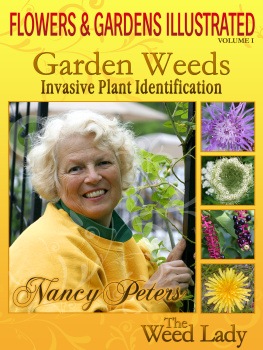
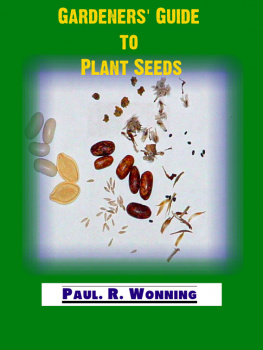

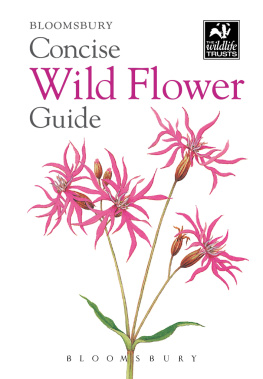
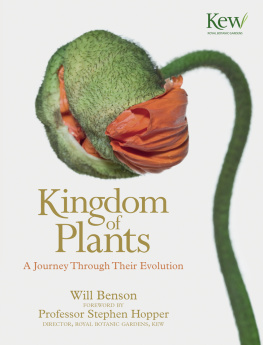
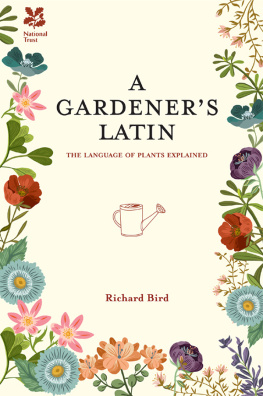
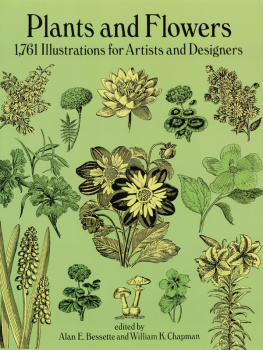



 This book has been produced with the support of Royal Botanic Gardens Victoria
This book has been produced with the support of Royal Botanic Gardens Victoria